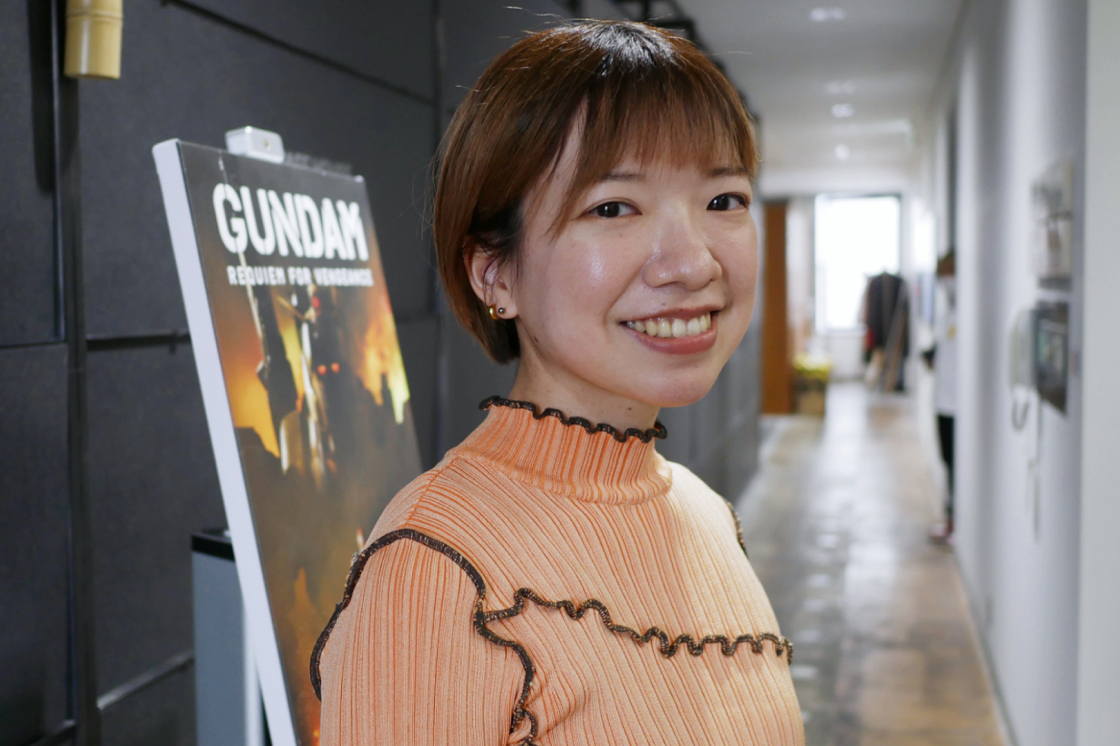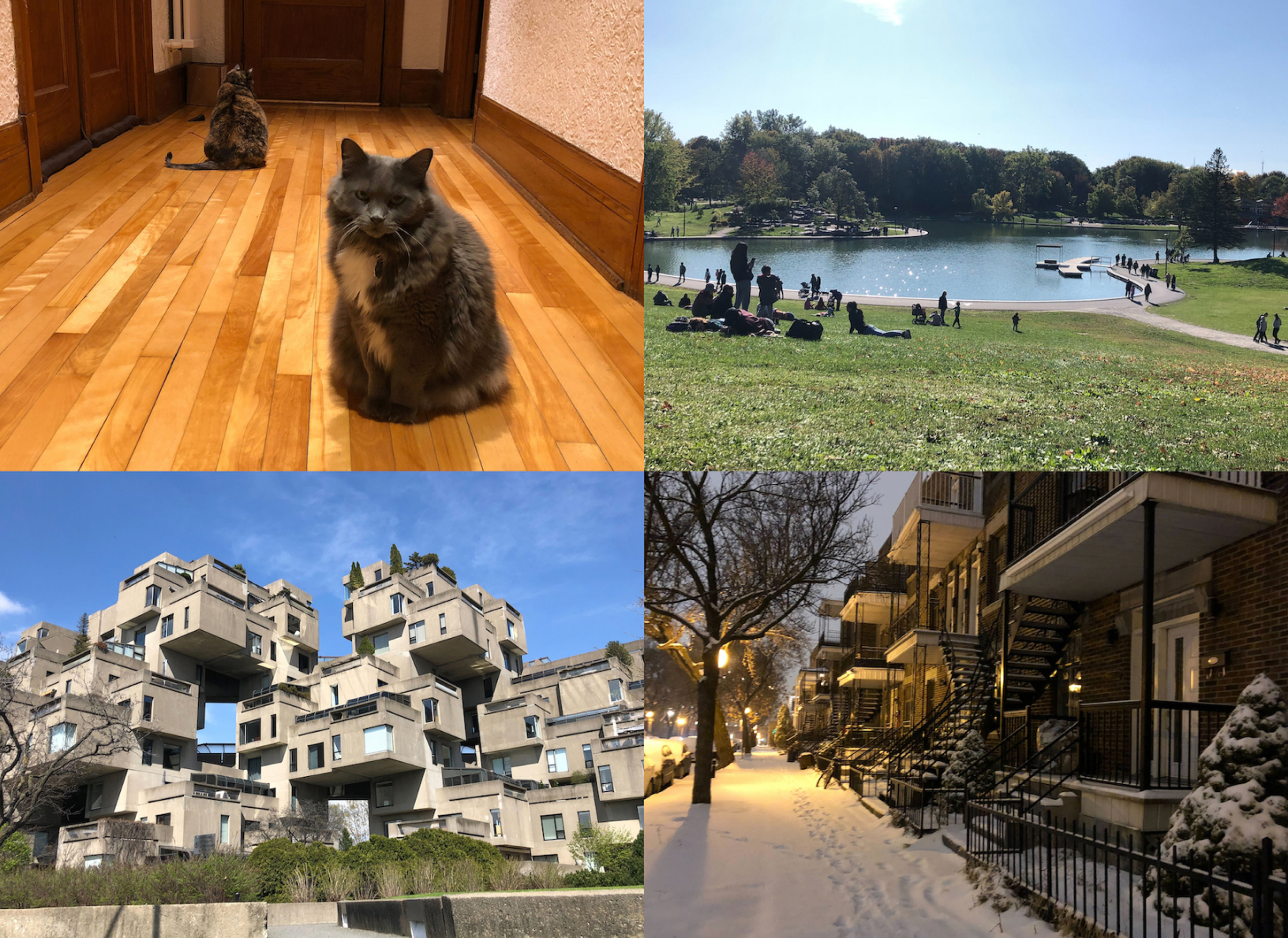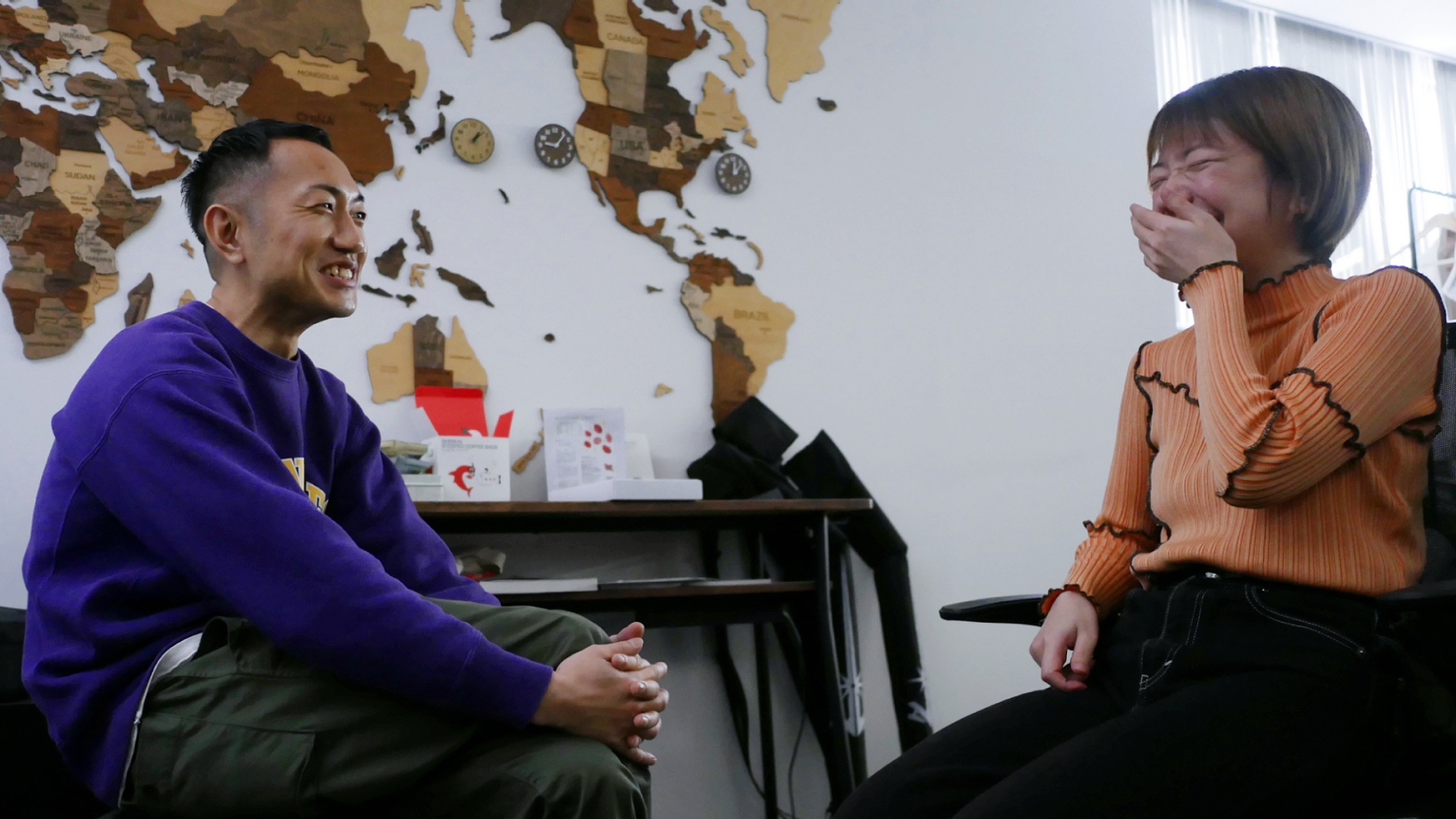
Cinematic Artist Who Has Worked on Hollywood Productions Share Her Secrets for Successful Global Productions
Cinematic SupervisorSatomi Nakahara
Satomi Nakahara’s journey began in Japan, working on NHK's productions and honing her skills in live-action compositing and CG. Interested in growing artistically, she landed a role as a digital matte painter at MPC in Canada. Now a lead cinematic artist and supervisor at SAFEHOUSE, Satomi's artistry has graced global projects like "FRONT MISSION Left Alive" and "Kamen Rider Saber." Satomi fosters collaboration and mentors young artists, ensuring the future of cinematic magic. Intrigued by her creative influences and global experiences, we wanted to know more about her world.
Hi! Can you introduce yourself?
My name is Satomi Nakahara, and I'm a Cinematic Supervisor here at SAFEHOUSE. Originally from Tokyo, Japan, I started freelancing in CG after graduating from an art college. My journey began with compositing live-action shots and creating full CG videos for projects like the NHK Taiga Drama (Taiga drama is the name NHK gives to the annual year-long historical drama television series it broadcasts in Japan). When that project finished, I joined Takuya Suzuki's (Director of SAFEHOUSE) team. Shortly after, I moved to Canada and worked as a digital matte painter for a VFX company called MPC, and now I am working at SAFEHOUSE, creating 3D cinematic scenes using the Unreal Engine.
How did you come to work at SAFEHOUSE?
While freelancing in Canada, I developed a debt of gratitude to Takuya Suzuki, who was then at another company. When it was time for me to return to Japan, Takuya, knowing I was coming back, asked me to join SAFEHOUSE to establish their Japanese cinematic team.
What kind of work do you do with SAFEHOUSE's cinematic team?
My role is multifaceted. I oversee both the production's quality and schedule, while also training new talent. Additionally, I take on hands-on work, similar to the role of a CG supervisor in other companies.
What is the best thing about being at SAFEHOUSE?
In my experience working across various teams and projects, I've found our environment to be truly open. People feel comfortable expressing their opinions, regardless of their career level, and are even encouraged to do so. This goes beyond just the artists – even the management team is willing to roll up their sleeves and contribute their ideas. It's this collaborative spirit that fosters truly great creative work.
“When working on global projects, I make a point to communicate effectively with my colleagues, considering their cultural backgrounds.”
Can you tell us how you came to work in Canada?
Ever since I started in CG, I craved a career that would allow me to say, "I worked overseas." Back then, there was a strong emphasis on honing skills and gaining experience abroad. Looking around, I saw many who benefitted from international careers. My own mother's experience living in the U.S. as a young woman might have also subconsciously influenced me. The initial job hunt, however, proved challenging. After arriving in Canada, I spent six months at a language school, followed by another 1-2 months of applying for jobs with no success. Just as I considered taking a part-time cafe job, a company finally reached out after an interview.

What effort did you make to work abroad?
Building a strong demo reel has always been a priority for me, knowing it's key to landing opportunities. I believe I've taken a strategic approach to my career, starting with live-action experience before joining Suzuki's team – a well-respected name overseas. Unlike many international careers, mine wasn't a stroke of luck. It wasn't a simple case of applying and landing a job "somehow."
What has been the most difficult part of your career?
I was thrown into the fire when I was assigned to collaborate with several international teams on a massive project. It wasn't just my artistic skills that were tested, but also my management abilities. While working in Canada, I thought I was accustomed to working with diverse nationalities and backgrounds. However, this project presented a new challenge: collaborating with people I'd never met, across vast distances, relying solely on online meetings and Slack communication to complete a global project. The pressure was immense. To draw out the best in terms of quality, ideas, and meeting deadlines from each team member, effective communication was paramount. However, I discovered 2 things that facilitated communication across physical and cultural barriers:
Casual Conversations Beyond Work: Even if you’re busy, make time to banter about non-work-related things. Rapport goes a long way in establishing comfort. Small talk helps bridge that psychological distance.
Laughter is Universal: Don't be afraid to smile and laugh, even if a joke's cultural nuances escape you. Laughter fosters empathy and lightens the mood.

I have watched "Ghost in the Shell" frame by frame since my elementary school days.
Were you always interested in cinematic art?
It was the end of my senior year at art college, and everyone was freaking out. "What am I going to do if I can't get a job?" was the constant worry. I, however, was initially drawn to retouching – the process of smoothing blemishes and sculpting features for actresses in ads. It sounded like a fun, detail-oriented job for my somewhat introverted self. But the reality was, that retouching jobs were scarce. So, I shifted my focus to 3DCG within retouching companies, where positions seemed more plentiful. Starting out, I was completely lost, unsure of the right or wrong way to do things. However, as my work gained recognition, I began to understand my strengths and delve deeper into the captivating world of CG.
What inspires you?
I have many interests outside of what I do, such as fashion, interior design, food, and music, not to mention museums, movies, manga, anime, and books. All those various experiences continue to inspire me here and there.
What film/TV show/game has had the greatest influence on your cinematic animation?
Pinpointing just one influence is tough… In elementary school, Mamoru Oshii's "Ghost in the Shell" and Satoshi Kon's "Perfect Blue" completely blew me away. Even as a kid, the sheer quality and detail in the animation was staggering. I loved them so much, I wore out my VHS tapes rewinding and watching them frame by frame. Around junior high, I discovered the manga artist Hitoshi Tomizawa. During my ronin year (gap year between high school and university), I used to spend hours copying his drawings. In university, cinematographer Conrad L. Hall's work on lighting and layout really grabbed my attention. "Road to Perdition" has a phenomenal layout, and "American Beauty" is a favorite film. As for Japanese directors, Yoshimitsu Morita, known for "The Family Game," and Yasujiro Ozu, who directed "Tokyo Story," both have an amazing sense of layout. I guess I'm drawn to films with visually interesting compositions.
“Building a career on a foundation of trust is the shortcut to success.”
What do you value most about your job?
Being able to trust others. Even as a student, I felt limited by creating work by myself. I thrive in teamwork, where together we can create something truly impactful. Building a foundation of mutual trust is key for me in any collaboration.
Any advice for those who wish to be a cinematic artist?
I highly recommend diving into at least three foundational instructional books on filming techniques. As was the case with me, beginners get lured in by those flashy books by famous directors, filled with pictures and seemingly easy answers. Even if you read one book, it can leave you with a biased understanding because of the director's unique style. By tackling at least three different books, you'll start to see the core principles that hold across the board.
That's it for now! Do you have a message for our audience or anyone wishing to go into the industry?
With the advancement of AI and technology, I have recently felt that it may be very difficult for many CG artists to survive relying solely on a single skill set. I believe that the ability to create images with one's imagination be in greater demand in the future. That's the kind of talent we cultivate here at SAFEHOUSE – well-rounded cinematic artists. If you're a passionate individual with a thirst to learn and possess a multitude of artistic interests, then SAFEHOUSE might just be the perfect place for you!